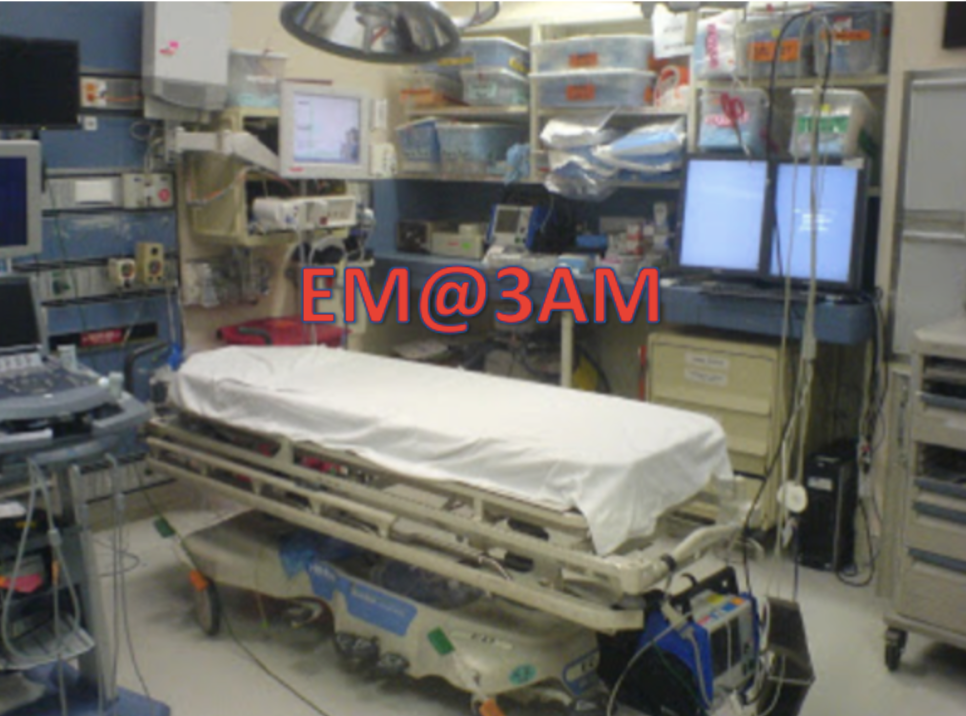- Jul 13th, 2024
- Haley Sinatro
- leave a comment
- categories:
A 37-year-old G2P2 female presents to the ED with a 2-day history of intermittent fever and foul-smelling vaginal discharge. She was discharged 3 days prior after a cesarean delivery to a single, full term, live born infant complicated by premature rupture of membranes. She notes associated chills a...

